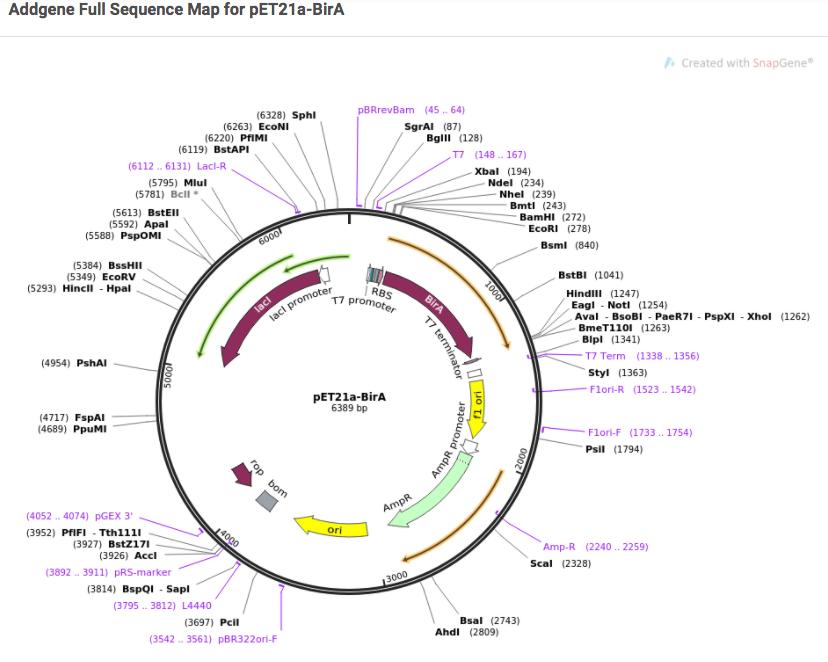
Some insertion lines are very close in number or have the same number.įor example SALK_005299, 005300, 005301, and 005305) have the same sequence.Ī: We have found that the ABI 384-well sequence Monthly deposits of sequences in Genbank and Salk mutant lines in ABRC The project funding began Septemand continued for 24 months. So we will not be sending more lines to ABRC. Sequencing of the entire T-DNA collection finished?Ī: Yes. Linker/adaptor sequences have been removed. GenBank, contains only plant genomic DNA sequences. The LBb1 nested primerfor determining the DNA sequence of the PCR-amplifiedĪbove sequence for the precise position of LBb1 within the TDNA left border)ĭNA sequence file,shown in TDNAExpress database and submitted to TAIR and TAATGTACTGGGGTGGTTTTTCTTTTCACCAGTGAGACGGGCAACAGCTGATTGCCCTTCĪCCGCCTGGCCCTGAGAGAGTTGCAGCAAGCGGTCCACGCTGGTTTGCCCCAGCAGGCGAīy the linker/adaptor sequence used for PCR amplification.(the adaptor

Left border of pROK2 and the position of the PCR amplification and sequencingĦ061 CGAGTGGTGATTTTGTGCCGAGCTGCCGGTCGGGGAGCTGTTGGCTGGCTGGTGGCAGGAĦ121 TATATTGTGGTGTAAACAAATTGACGCTTAGACAACTTAATAACACATTGCGGACGTTTT The left border of pROK2 and where do the PCR isolation and DNA sequencing The arrow point in the 5' to 3'ĭirection beginning with the left border DNA and into the plant flanking What are the arrows above the T-DNA line?Ī: The arrow indicates the orientation of Sequences of each PCR product from any line. It is up to the individual researcher to verify the Our BLAST search uses the best quality sequence to generate a single BLAST Thus, some sequencing reactions may contain two or more overlapping sequences. Due to the nature of the T-DNA integrationĮvent and the limitations of the PCR border recovery protocol, PCR productsĪre sequenced directly without separating the products of each reaction. Q: Which T-DNA border is used for plantĬontains an average of 1.5 -2.0 TDNA insertions. Of the pROK2 vector and the sequence of pBIN19.ġ0. OF BIOLOGICALLY-ACTIVE VIRAL SATELLITE RNA FROM THE NUCLEAR GENOME OF TRANSFORMED Q: What is the T-DNA transformation vectorīAULCOMBE DC, SAUNDERS GR, BEVAN MW, MAYO MA, HARRISON BD EXPRESSION To not express the drug resistance phenotype.ĩ. Thus, it is not unusual for a mutant line However after several generations of growth, some of the lines Q: What is the plant selectable marker used What generation (posttransformation) are these seeds?įrom ABRC and NASC are segregating T3 lines.Ĩ. Q: The ABRC or NASC has sent me seeds for a Salk insertion Will not distribute seeds to individual laboratories.ħ.

Seed requested should beĭirected to these stock centers. Line are made available through ABRC and NASC. Q: How can I obtain seeds for the Salk insertionĪ: Seeds for all sequenced indexed insertion Q: Are multiple T-DNA insertions amplifiedĪ: In most cases, we have identified only 1 T-DNA flankingĦ. Q: What is the number of T-DNA inserts perĪ: Approximately 50% of the lines containĪ single insert, the other 50% of lines contain two or more inserts.ĥ. (it is actually transferred T-DNA) and our iSect primer design tool.Ĥ. PCR at the other end of the insertion? Is the right border less predictable in its insertion pattern?Ī: Please use the RB in the pBIN-pROK2 insertion sequences or try to use the sequences Q: Is there any way to design a Right Border primer for Q: Which T-DNA border flanking sequences wereĪmplified and sequenced? What are the primers do you use for left border PCR?Ī: The T-DNA left border sequence was usedįor PCR amplification of plant flanking sequences.įor PCR 1, we use LBa1 primer: 5' tggttcacgtagtgggccatcg 3'įor PCR 2 and sequencing, we use LBb1 primer: 5' gcgtggaccgcttgctgcaact 3'ģ. A User's Guide to the Arabidopsis T-DNA Insertional Mutant CollectionsĪ: Columbia-0 (CS60000, the sequenced genome)Ģ.


 0 kommentar(er)
0 kommentar(er)
